School cafeterias feed thousands of students everyday; Seattle University’s Cherry Street Market is no different. Students hurry in to join the pasta line, check the entrée in the global section or build themselves a salad. Many move swiftly as they think about their next class or talk with a friend. However, as peak lunch hours end, the lines begin to get shorter and the piles in the trash, recycle and compost bins only grow.
The “Weigh the Waste” event held by the student-led club, Food with Spirit, discovered just how tall these piles are in an effort to get students to stop, think less about what they taste and more about what they waste.
Representatives from Food with Spirit helped students sort their trash into the correct bins and found that, when it comes to containers, if students sort correctly, Seattle U actually stacks up pretty well. There were only two pounds of landfill waste produced during the entire lunch period, during which nearly a thousand people were served. Additionally, they tracked six pounds of recycling, 27 pounds of disposable ware and 66 pounds of compost.
On a less positive note, they also found people using clamshell containers to eat meals in C-Street when reusable plates were clearly available. Almost 200 compostable clamshells were used within the café in just two hours. If stacked, the containers would stand four stories tall.
“Since we began offering the clamshells, we have seen a dramatic increase in use of disposables in the café,” said Jay Payne, General Manager at C-Street.
The stack that can be created with the to-go containers highlights the danger of creating a habit to use disposables during meals as a preference versus a need. Seattle U has dealt with similar issues before, such as when they stopped selling bottled water on campus.
While the amount of wasted containers is significant, all of the packaging for to-go items on campus, including the clamshell containers, is compostable.
“We definitely did end up gently correcting students now and then that we’re going to throw everything in the landfill,” said Caroline Ferguson, a fellow of Bon Appétit Management Company. “Some students were really amazed to hear that this fork is made from corn.”
As a fellow, Ferguson travels around campuses that serve Bon Appétit food and engages with students on food sustainability issues. “Take a second and actually think about where everything goes, because if we all focus on diverting waste from landfills, it’s really powerful the impact that can make,” Ferguson said.
When compostables are thrown in a landfill, they don’t have access to oxygen. Without oxygen, they begin to produce methane as they break down. Methane is a greenhouse gas that has 72 percent more global warming potential than carbon dioxide. The decomposition of uneaten food accounts for 23 percent of all methane emissions in the United States.
“Individuals are responsible for their contribution of food waste and a visual representation of that contribution helps prompt action,” said Lauren Keyes, member of Food with Spirit. “Every individual should be educated on food waste through recognizing the importance of sorting out trash into the correct bins, eating only what they think they can consume, and using reusable containers to limit the overall waste produced.”
Our meals don’t only take a toll on the environment when we are done eating them. Rather, the cycle starts from early cultivation and farming. Food production uses 10 percent of the total U.S. energy budget, 50 percent of U.S. land, and swallows 80 percent of all freshwater consumed in the U.S. Yet, 40 percent of food in the United States today goes uneaten. The highest losses are seen when the food reaches the consumer.
If you look at food loss on college campuses, the average college student generates 142 pounds of food waste a year. College campuses as a whole throw out a total of 22 million pounds of uneaten food each year.
It has been shown that if students pay for each item on their plate, they are less likely to waste as much in comparison to all-you-can-eat cafeterias in which students pay to enter and then grab what they please. Going trayless has been proven to lower the amount of uneaten food produced by students as well. At this moment, Seattle U still provides trays, but it does not offer an all-you-can-eat cafeteria option for its students.
Another way campuses are stepping up is by regularly donating their food recovery to anti-hunger organizations. Food recovery is the food from restaurants, cafeterias and caterers that is leftover but still considered safe to eat. Seattle U’s food recovery goes to the organization, Seattle’s Table.
“Seattle University is food recovery verified and our commitment is for at least 80 percent of [Bon Appétit’s] campuses to be verified by 2018,” Ferguson said.
Overall, it is important to remember that reducing U.S. food losses by just 15 percent would be enough food to feed more than 25 million Americans every year. Just a little food for thought.
Erika may be reached at
[email protected]






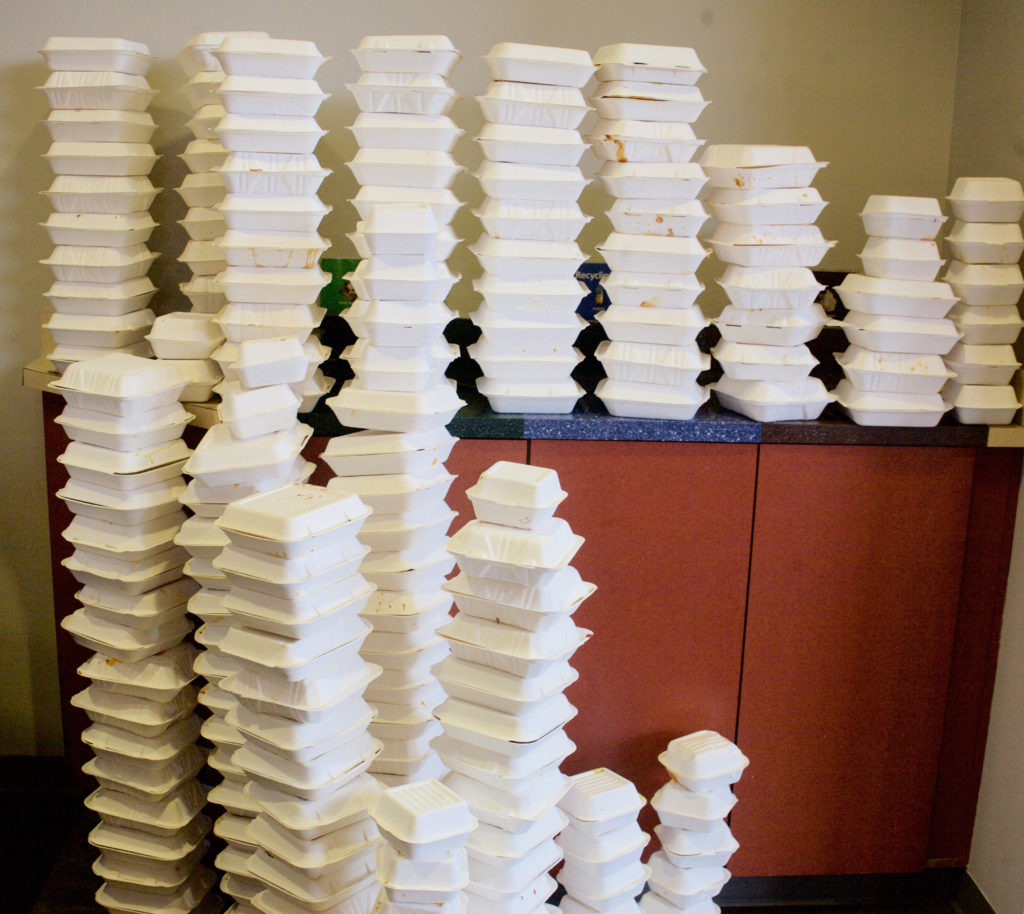
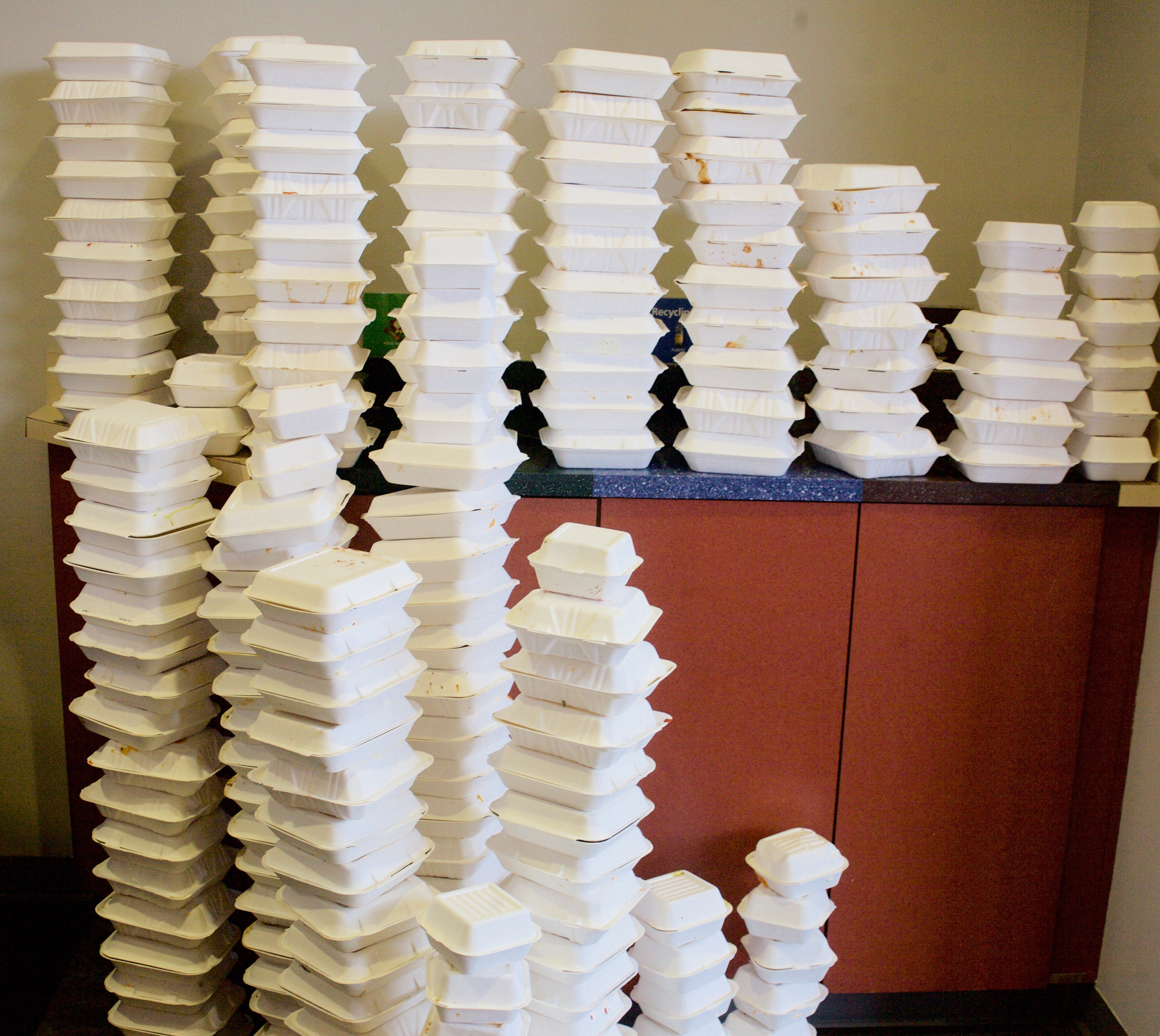
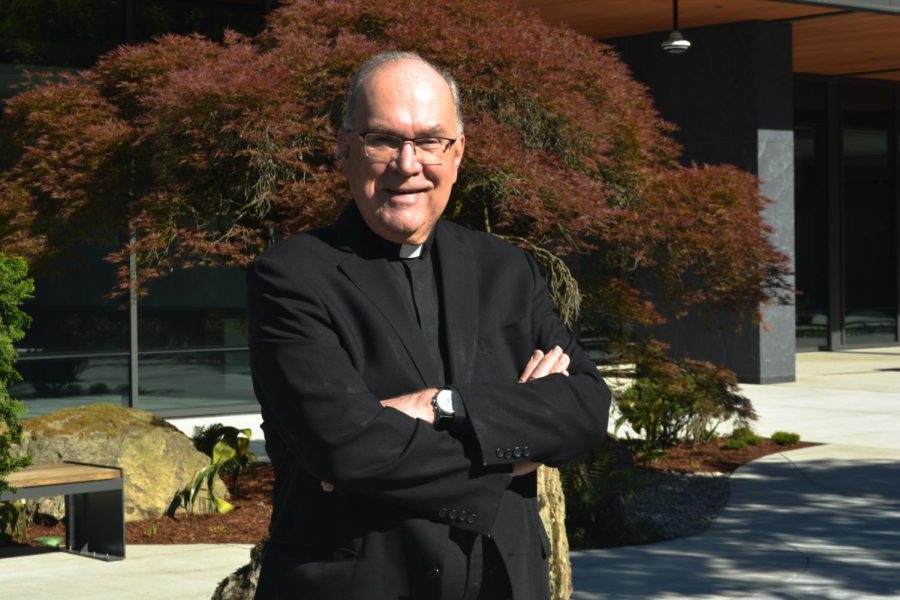
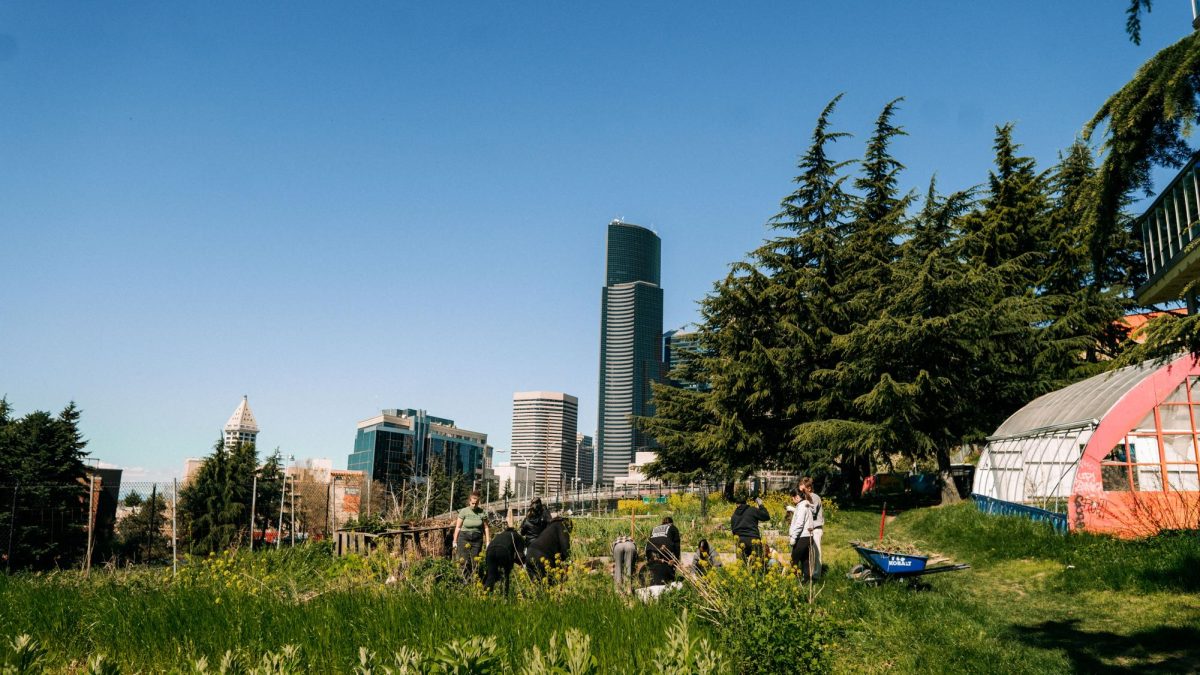
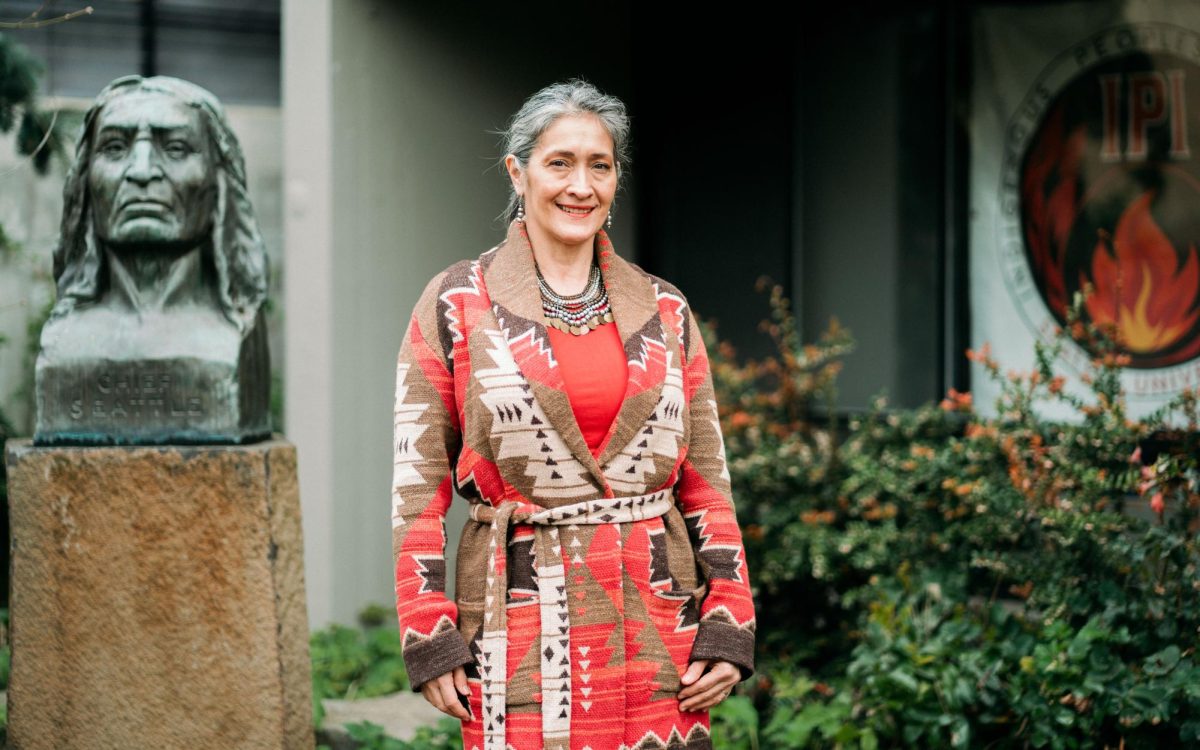


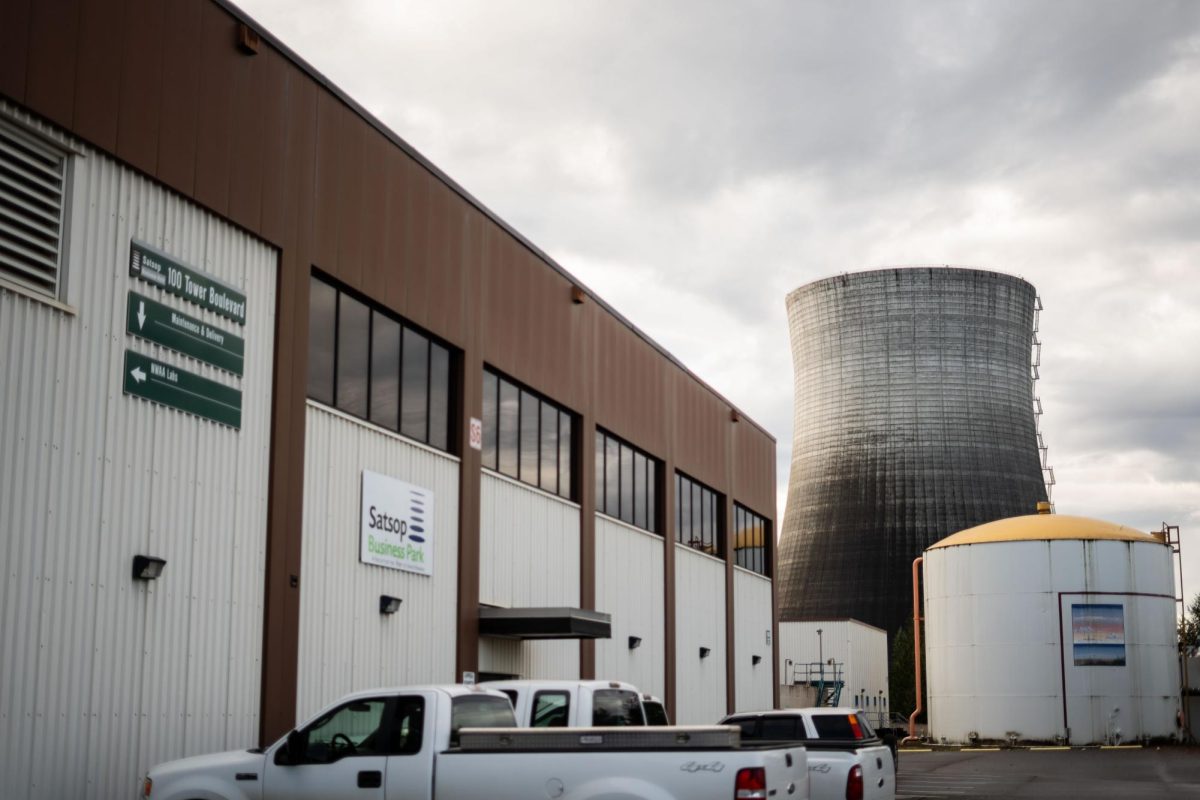
Tim Forcey
Nov 3, 2016 at 12:09 pm
Correction:
Methane does not have “72 percent more global warming potential than carbon dioxide” which is like saying it is almost twice as bad.
Rather what may have ben meant is that methane is 72 TIMES more potent than carbon dioxide. In other words, much worse that carbon dioxide.